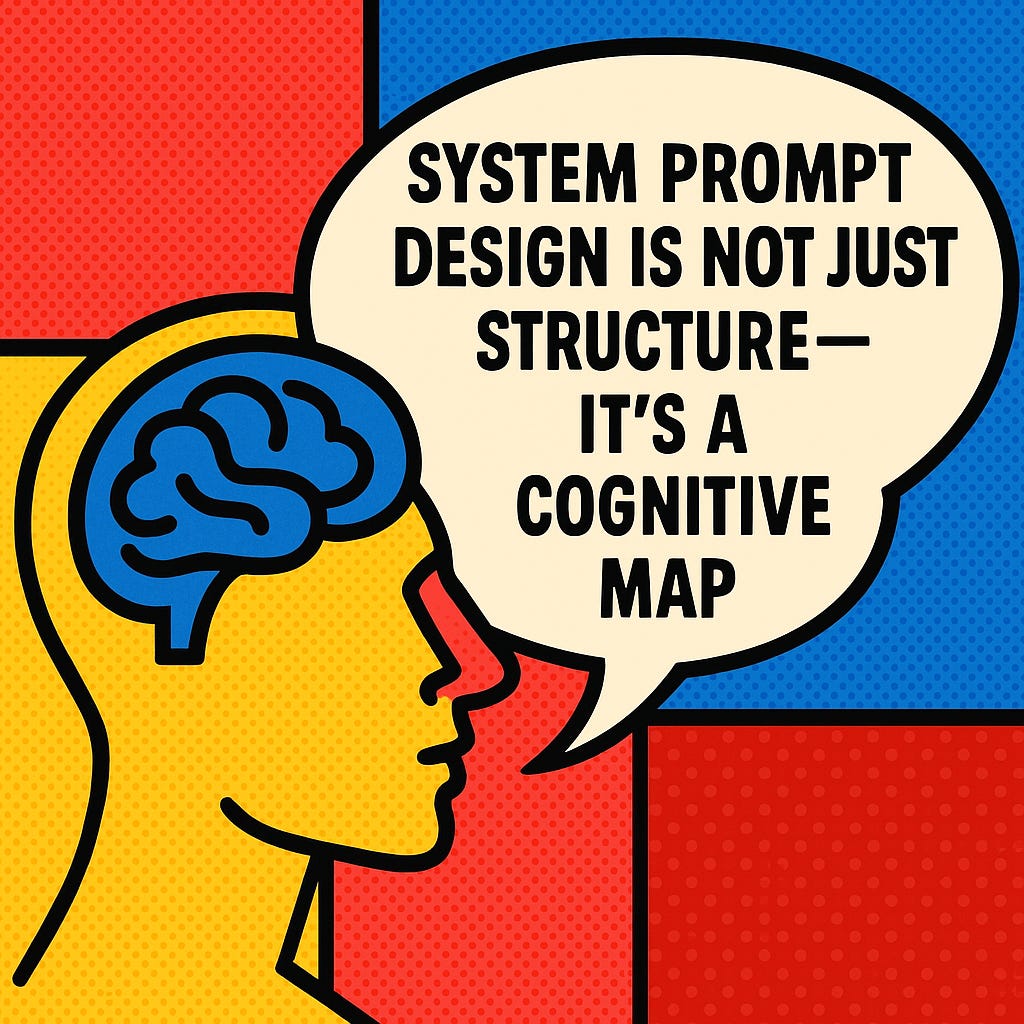Understanding System Prompts from a Behavioral Economics Perspective
System Prompt Design Is Not Just Structure—It’s a Cognitive Map.
AI agents today must go beyond simple information delivery—they must emulate human-like reasoning patterns and guide user behavior effectively. At the heart of this capability lies system prompt design, which, when examined through the lens of behavioral economics, reveals itself not just as a technical component but as a powerful tool for shaping interaction quality.
The Power of Defaults: Designing the Flow Users Want to Follow
Behavioral economics highlights how people often stick with default options. Similarly, in AI agent design, setting a clear and advantageous default response structure leads to more consistent and useful outputs.
Strategic Application Example
✅ When users request: “Summarize briefly”, setting the default response format to a 3-line summary helps establish consistency.
🎯 Prompt Design Tip: “Summarize in 3 lines, and highlight key terms in bold.” → Embeds the default structure in the AI’s output for better UX.
Choice Architecture: Fewer Options, Better Results
According to Richard Thaler’s theory of choice architecture, people make better decisions when choices are simplified and clearly structured. In system prompt design, this translates into offering well-defined, limited paths for AI responses.
Strategic Application Example
✅ Guide the user by offering a limited set of options, like “Choose one of the following: ① Summary ② Concept Comparison ③ Case Explanation”
🎯 Prompt Design Tip: Limit output structures to predefined formats to reduce ambiguity and improve AI control.
Framing Effect: The Tone of the Prompt Shapes the AI's Response
Framing—a core behavioral economics principle—tells us that the way a question is worded can significantly influence the outcome. The same applies to system prompt design: subtle changes in phrasing can dramatically shift AI behavior.
Strategic Application Example
✅ Compare: “Explain this” vs. “Explain this so that a 5th grader can understand.”
🎯 Prompt Design Tip: Introduce audience context—such as "for beginners" or "for executives"—to optimize relevance and clarity in responses.
Minimize Cognitive Load: AI Needs Clear Thinking Paths Too
Just as humans experience cognitive overload with too many demands, AI performs better with structured, minimal input requests. Overly complex or ambiguous prompts result in weaker, unfocused outputs.
Strategic Application Example
✅ Stick to one intent per prompt.
🎯 Prompt Design Tip: “Define it in three sentences. Then explain the difference from similar concepts in a short paragraph.” → Segments the task for clearer execution.
Predictable Rewards: Make Output Expectations Explicit
Behavioral economics teaches us that uncertain rewards generate anxiety. Similarly, AI performs best when expectations are clearly communicated. When the output format is predictable, the AI can focus on delivering quality.
Strategic Application Example
✅ “Summarize in table format” / “List 3 pros and 3 cons”
🎯 Prompt Design Tip: Specify the output format and include an example if necessary—this drastically improves consistency and reliability.
Leverage Social Proof: Guide the AI Like You Guide People
Humans tend to follow what most others do—a concept known as social proof. When this behavioral cue is embedded into system prompts, AI tends to produce more contextually persuasive or “norm-aligned” responses.
Strategic Application Example
✅ “Frame your answer in the way that most professionals would present this.”
🎯 Prompt Design Tip: “Explain this using the typical structure that business strategists use.” → Encourages AI to generate high-quality, domain-aligned content.
Remove Friction: Experiment Relentlessly, Then Simplify
Like great UX design, system prompt design is about removing friction. This requires iterative testing—refining sentence order, word choices, and even prompt length—until the most efficient structure is discovered.
Strategic Application Example
✅ Experiment with variations like: “Summarize simply” vs. “Summarize in 3 lines” vs. “Give only the key points.”
🎯 Prompt Design Tip: Use A/B testing to analyze response quality, tone, and contextual accuracy → Identify optimal prompt patterns.
Final Thought: Prompt Design Is Not Just Structure—It’s a Cognitive Map
System prompt design is not merely about assembling words in a useful structure. It’s about building a cognitive map that connects user intent with AI reasoning flow. Behavioral economics provides the psychological terrain, while system prompts serve as the road signs that guide navigation.
Ultimately, the effectiveness of any AI system depends on how well the prompt design mirrors the human decision-making flow.




